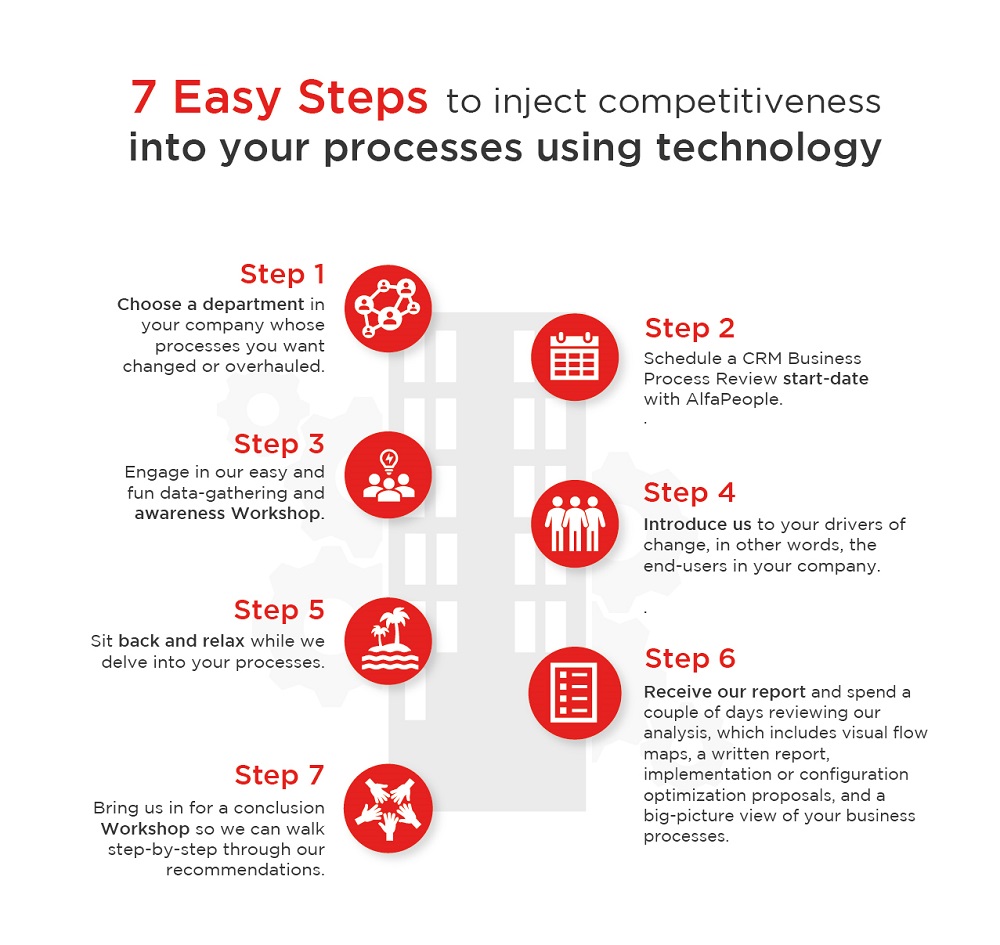Cracking the Code of In-App Advertising
In-app advertising has become a crucial component of the mobile app ecosystem, enabling developers to generate significant revenue streams. As the number of mobile apps continues to grow, understanding the intricacies of in-app advertising is essential for developers seeking to maximize their revenue potential. The question on every developer’s mind is, “how much do apps make from ads?” The answer lies in the effective implementation of in-app advertising strategies.
In-app advertising allows developers to monetize their apps by displaying ads to users. These ads can be in the form of banner ads, interstitial ads, rewarded videos, or native ads. By integrating ads into their apps, developers can earn revenue from clicks, impressions, or conversions. However, the amount of revenue generated from ads varies widely depending on factors such as ad format, placement, and user engagement.
Developers can increase their ad revenue by optimizing ad placement, using high-performing ad formats, and improving user experience. For instance, rewarded videos have been shown to generate higher revenue than banner ads, as users are more likely to engage with video content. Additionally, developers can use data analytics to track user behavior and adjust their ad strategies accordingly.
As the mobile app market continues to evolve, in-app advertising is becoming increasingly sophisticated. Developers can now use advanced targeting options, such as location-based targeting and behavioral targeting, to deliver more relevant ads to their users. This not only improves user experience but also increases the effectiveness of ad campaigns.
Despite the potential of in-app advertising, many developers struggle to generate significant revenue from their ads. This is often due to a lack of understanding of the complex ad ecosystem and the various monetization strategies available. By educating themselves on the latest trends and best practices in in-app advertising, developers can unlock the full revenue potential of their apps.
How to Maximize Ad Revenue: Understanding Ad Formats and Placement
When it comes to maximizing ad revenue, understanding the various ad formats available for mobile apps is crucial. Different ad formats can significantly impact revenue, and choosing the right format can make all the difference. For instance, banner ads are a popular choice, but they often generate lower revenue compared to interstitial ads or rewarded videos.
Interstitial ads, which appear between app screens or during natural breaks in the user experience, can generate higher revenue due to their full-screen format and engaging nature. Rewarded videos, on the other hand, offer users in-app rewards in exchange for watching video ads, resulting in higher engagement and revenue. Native ads, which blend seamlessly into the app’s content, can also provide a more user-friendly experience and increase revenue.
Ad placement is another critical factor in maximizing ad revenue. Placing ads in areas with high user engagement, such as game levels or social media feeds, can increase ad visibility and click-through rates. Additionally, using ad placement strategies like frequency capping and ad rotation can help prevent ad fatigue and maintain user interest.
When considering ad formats and placement, it’s essential to think about the user experience. Apps that prioritize user experience and provide a seamless ad experience tend to perform better in terms of ad revenue. By understanding how to optimize ad formats and placement, developers can increase their ad revenue and provide a better experience for their users.
So, how much do apps make from ads? The answer depends on various factors, including ad format, placement, and user engagement. By choosing the right ad formats and optimizing ad placement, developers can unlock the full revenue potential of their apps and provide a better experience for their users.
The Role of Ad Networks and Mediation Platforms
Ad networks and mediation platforms play a crucial role in connecting app developers with advertisers, enabling them to monetize their apps through in-app advertising. These platforms act as intermediaries, facilitating the buying and selling of ad inventory between app developers and advertisers.
Ad networks, such as Google AdMob and Facebook Audience Network, provide a marketplace for app developers to sell their ad inventory to advertisers. These networks typically offer a range of ad formats, including banner ads, interstitial ads, and rewarded videos, and provide tools for app developers to manage their ad campaigns.
Mediation platforms, such as MoPub and ironSource, take a more holistic approach, offering a suite of tools and services to help app developers manage their ad inventory and optimize their ad revenue. These platforms often provide features such as ad format optimization, ad placement optimization, and real-time bidding, which enable app developers to maximize their ad revenue.
By using ad networks and mediation platforms, app developers can increase their ad revenue and streamline the monetization process. These platforms provide access to a large pool of advertisers, which can lead to higher ad fill rates and increased revenue. Additionally, they often provide tools and services that help app developers optimize their ad campaigns, which can lead to improved ad performance and increased revenue.
So, how much do apps make from ads? The answer depends on various factors, including the ad network or mediation platform used, the ad formats and placement, and the app’s user engagement. By leveraging the right ad network or mediation platform, app developers can unlock the full revenue potential of their apps and provide a better experience for their users.
When choosing an ad network or mediation platform, app developers should consider factors such as ad format options, targeting capabilities, and revenue share. By selecting the right platform, app developers can maximize their ad revenue and achieve their monetization goals.
Uncovering the Average Ad Revenue per User (ARPU)
The average ad revenue per user (ARPU) is a crucial metric for mobile app developers to measure the effectiveness of their ad monetization strategies. ARPU represents the average revenue generated by each user from ads, providing insights into the app’s revenue potential. Understanding ARPU is essential to determine how much apps make from ads and to identify areas for improvement.
ARPU varies significantly across different types of mobile apps. For instance, games tend to have higher ARPU due to their engaging nature, which leads to longer user sessions and increased ad exposure. According to recent studies, the average ARPU for mobile games is around $2.50 to $3.50 per user per month. In contrast, social media and productivity apps typically have lower ARPU, ranging from $0.50 to $1.50 per user per month.
Several factors influence ARPU, including ad format, placement, and frequency. Apps with high-quality, engaging ad experiences tend to have higher ARPU. Additionally, apps that use a mix of ad formats, such as banner ads, interstitial ads, and rewarded videos, often see higher ARPU than those relying on a single ad format.
Another critical factor affecting ARPU is user demographics. Apps with a strong presence in high-value markets, such as the United States or Europe, tend to have higher ARPU due to the higher cost of ad inventory in these regions. Furthermore, apps with a strong focus on user retention and engagement tend to have higher ARPU, as users are more likely to interact with ads and generate revenue.
To improve ARPU, app developers can experiment with different ad formats, placements, and frequencies. They can also focus on creating high-quality, engaging ad experiences that resonate with their target audience. Moreover, developers can leverage data analytics to better understand their users’ behavior and preferences, allowing them to optimize their ad monetization strategies and increase ARPU.
By understanding ARPU and its influencing factors, app developers can gain valuable insights into their revenue potential and make data-driven decisions to optimize their ad monetization strategies. This, in turn, can help them increase revenue and stay competitive in the crowded mobile app market.
Real-World Examples: Successful Apps and Their Ad Revenue Strategies
Several successful apps have implemented effective ad revenue strategies, providing valuable insights for app developers. By analyzing these examples, developers can gain a deeper understanding of how to maximize ad revenue and create a sustainable monetization model.
Candy Crush Saga, a popular mobile game, is a prime example of a successful ad revenue strategy. The game uses a combination of banner ads, interstitial ads, and rewarded videos to generate revenue. By offering rewards to players who watch videos or engage with ads, the game creates a win-win situation for both the player and the advertiser. This approach has contributed to the game’s massive success, with estimated annual revenues exceeding $1 billion.
Facebook and Instagram, two of the most popular social media platforms, also employ effective ad revenue strategies. Both platforms use a mix of banner ads, sponsored posts, and stories to generate revenue. By leveraging user data and behavior, the platforms can deliver targeted ads that resonate with users, resulting in higher click-through rates and conversion rates. This approach has enabled Facebook and Instagram to generate billions of dollars in ad revenue each year.
Another successful example is the popular productivity app, Todoist. The app uses a freemium model, offering a basic version for free and a premium version with additional features. The app also displays banner ads and sponsored tasks to generate revenue. By providing a valuable service to users and offering relevant ads, Todoist has created a sustainable monetization model that generates significant revenue.
These examples demonstrate the importance of understanding user behavior and preferences when developing an ad revenue strategy. By creating a seamless and engaging ad experience, app developers can increase revenue and build a loyal user base. Additionally, by leveraging data analytics and user insights, developers can optimize their ad revenue strategies and stay ahead of the competition.
When developing an ad revenue strategy, app developers should consider the following takeaways from these successful examples:
- Use a combination of ad formats to maximize revenue and user engagement.
- Leverage user data and behavior to deliver targeted and relevant ads.
- Create a seamless and engaging ad experience that resonates with users.
- Offer rewards or incentives to users who engage with ads or complete specific tasks.
- Continuously monitor and optimize ad performance to ensure maximum revenue.
By incorporating these strategies into their ad revenue model, app developers can increase revenue, build a loyal user base, and stay competitive in the crowded mobile app market.
Overcoming Common Challenges in Ad Monetization
Despite the growing importance of in-app advertising, app developers often face common challenges that can hinder their ad revenue potential. Understanding these challenges and implementing effective solutions is crucial to maximizing ad revenue and creating a sustainable monetization model.
One of the most significant challenges is ad fatigue, which occurs when users become desensitized to ads and ignore them. To overcome ad fatigue, app developers can use ad rotation, which involves displaying different ads to users at regular intervals. This approach can help keep ads fresh and engaging, increasing the likelihood of user interaction.
Another challenge is user experience, as ads can sometimes disrupt the user flow and negatively impact the overall app experience. To address this, app developers can use ad formats that are designed to be non-intrusive, such as banner ads or native ads. Additionally, developers can use ad placement strategies that prioritize user experience, such as placing ads between levels or at natural breaks in the app.
Ad blocking is another significant challenge, as some users may use ad-blocking software to prevent ads from displaying. To overcome ad blocking, app developers can use anti-ad-blocking measures, such as detecting and preventing ad-blocking software from functioning. However, this approach can be complex and may require significant resources.
A more effective approach to overcoming ad blocking is to focus on creating high-quality, engaging ad experiences that users want to interact with. By providing value to users through relevant and interesting ads, app developers can increase the likelihood of user interaction and reduce the need for ad-blocking software.
Other common challenges in ad monetization include ad fraud, which involves fake or malicious ads being displayed to users. To overcome ad fraud, app developers can use ad verification tools, which can detect and prevent fake ads from being displayed.
Best practices for overcoming common challenges in ad monetization include:
- Using ad rotation to keep ads fresh and engaging.
- Prioritizing user experience when placing ads.
- Creating high-quality, engaging ad experiences that users want to interact with.
- Using ad verification tools to detect and prevent ad fraud.
- Continuously monitoring and optimizing ad performance to ensure maximum revenue.
By understanding common challenges in ad monetization and implementing effective solutions, app developers can maximize their ad revenue potential and create a sustainable monetization model. This, in turn, can help them stay competitive in the crowded mobile app market and achieve long-term success.
Measuring and Optimizing Ad Performance
To maximize ad revenue, app developers must measure and optimize ad performance regularly. This involves tracking key metrics that indicate the effectiveness of ad campaigns and making data-driven decisions to improve ad performance.
One of the most important metrics to track is click-through rate (CTR), which measures the percentage of users who click on an ad after seeing it. A high CTR indicates that the ad is relevant and engaging, while a low CTR may indicate that the ad is not resonating with users.
Another key metric is conversion rate, which measures the percentage of users who complete a desired action after clicking on an ad. This could be making a purchase, signing up for a service, or downloading an app. A high conversion rate indicates that the ad is effective in driving user behavior.
Return on investment (ROI) is also a critical metric to track, as it measures the revenue generated by an ad campaign compared to its cost. A high ROI indicates that the ad campaign is profitable, while a low ROI may indicate that the campaign is not generating sufficient revenue.
In addition to these metrics, app developers should also track metrics such as ad impressions, ad clicks, and ad revenue. These metrics provide a comprehensive view of ad performance and can help identify areas for improvement.
To optimize ad performance, app developers can use various techniques such as A/B testing, ad rotation, and ad targeting. A/B testing involves testing different ad creatives, targeting options, or bidding strategies to determine which approach performs best. Ad rotation involves rotating different ads to keep the ad experience fresh and engaging. Ad targeting involves targeting specific user segments to increase the relevance and effectiveness of ads.
Best practices for measuring and optimizing ad performance include:
- Tracking key metrics such as CTR, conversion rate, and ROI.
- Using A/B testing to determine the most effective ad approach.
- Rotating ads to keep the ad experience fresh and engaging.
- Targeting specific user segments to increase ad relevance and effectiveness.
- Continuously monitoring and optimizing ad performance to ensure maximum revenue.
By measuring and optimizing ad performance regularly, app developers can increase ad revenue, improve user experience, and stay competitive in the crowded mobile app market.
Understanding how much apps make from ads is crucial to developing an effective ad revenue strategy. By tracking key metrics and optimizing ad performance, app developers can maximize their ad revenue potential and achieve long-term success.
Future-Proofing Your App’s Ad Revenue Strategy
To ensure long-term success, app developers must future-proof their ad revenue strategy by staying up-to-date with industry trends, adapting to changes in user behavior, and exploring new ad formats and technologies.
One of the most significant trends in mobile advertising is the rise of programmatic advertising, which involves using automated systems to buy and sell ad inventory. By leveraging programmatic advertising, app developers can increase ad revenue and streamline the monetization process.
Another trend is the increasing importance of user experience in ad monetization. As users become more sophisticated, they expect a seamless and engaging ad experience that does not disrupt their app usage. By prioritizing user experience, app developers can increase ad revenue and build a loyal user base.
Changes in user behavior also require app developers to adapt their ad revenue strategy. For example, the rise of mobile video consumption has led to an increase in demand for video ad formats. By incorporating video ads into their ad revenue strategy, app developers can tap into this growing demand and increase ad revenue.
Exploring new ad formats and technologies is also crucial to future-proofing an app’s ad revenue strategy. For example, augmented reality (AR) and virtual reality (VR) ads are becoming increasingly popular, offering new ways for app developers to engage users and increase ad revenue.
Best practices for future-proofing an app’s ad revenue strategy include:
- Staying up-to-date with industry trends and adapting to changes in user behavior.
- Exploring new ad formats and technologies, such as programmatic advertising, video ads, and AR/VR ads.
- Prioritizing user experience in ad monetization to increase ad revenue and build a loyal user base.
- Continuously monitoring and optimizing ad performance to ensure maximum revenue.
- Building a diversified ad revenue strategy that includes multiple ad formats and revenue streams.
By future-proofing their ad revenue strategy, app developers can ensure long-term success and stay ahead of the competition in the crowded mobile app market.
Understanding how much apps make from ads is crucial to developing an effective ad revenue strategy. By staying up-to-date with industry trends, adapting to changes in user behavior, and exploring new ad formats and technologies, app developers can maximize their ad revenue potential and achieve long-term success.

.jpg)






